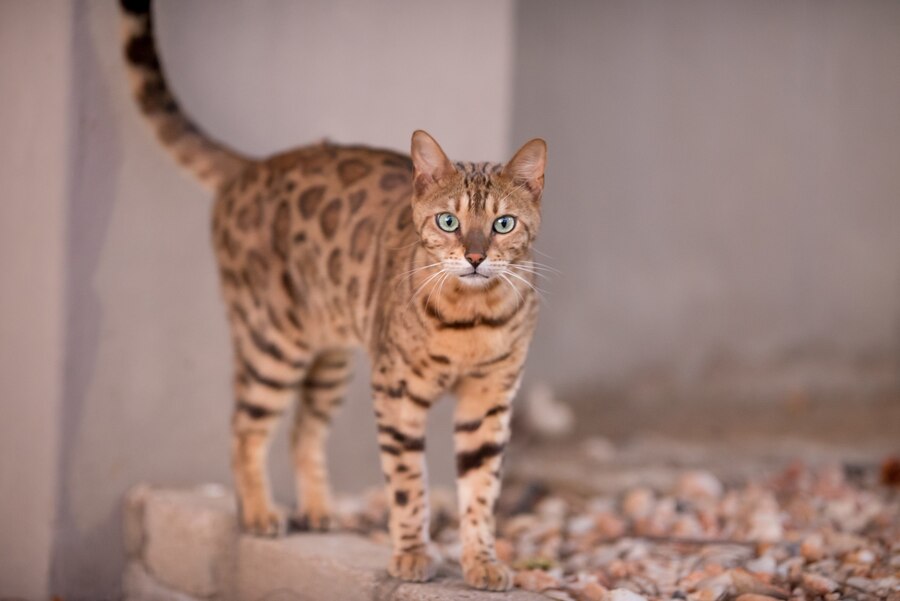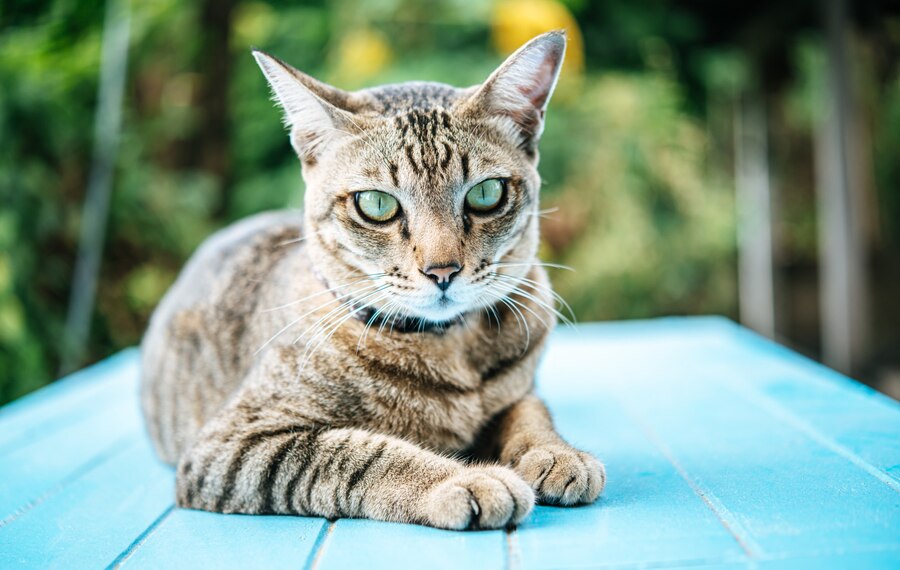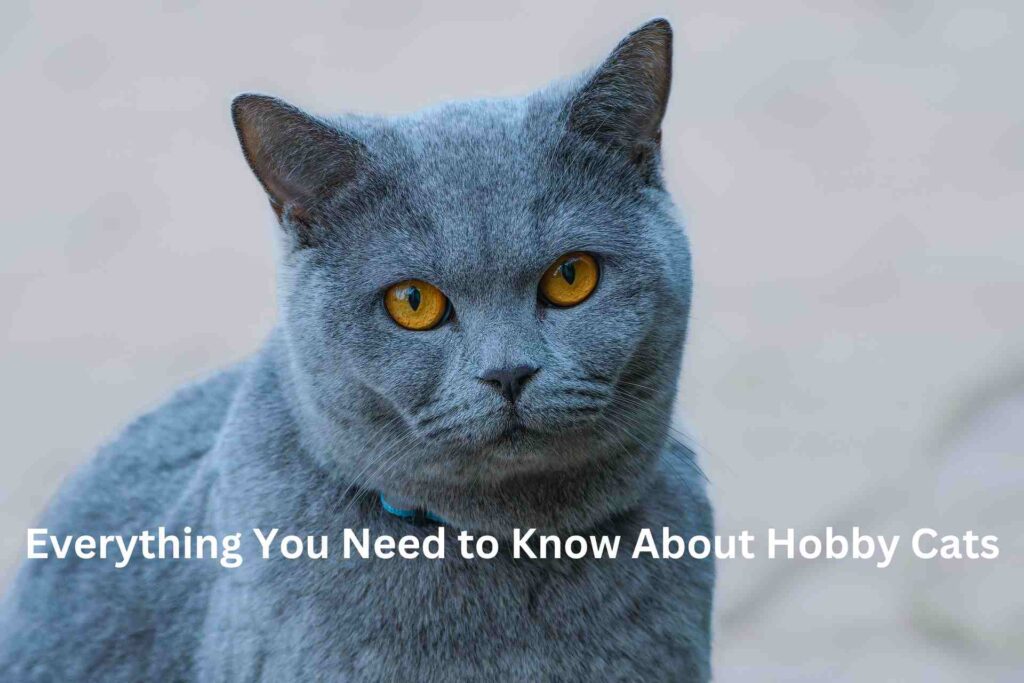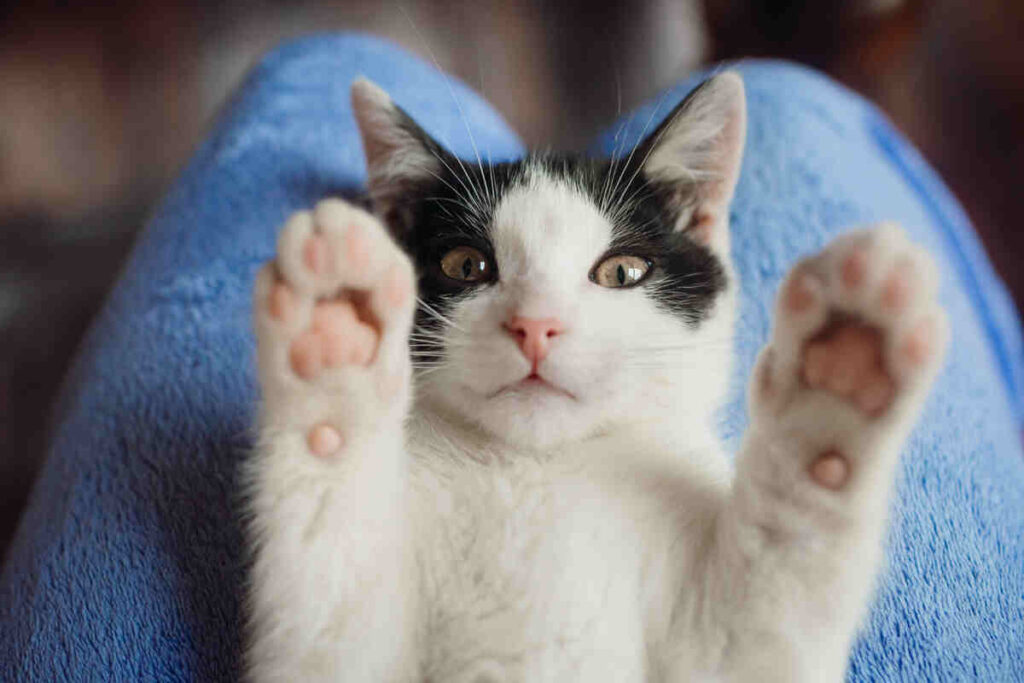
Every cat is different and wonderful in its way, but for my money tortoiseshell cats — or “torties” as they are colloquially known have something just a little extra special about them. They shine in their coats and are known for being a bit on the SasSy side. If you’re thinking of adopting a tortie or just want to learn more, here are some fun facts about these beautiful kitties.
A Patchwork of History
The Tortoiseshell cats are not a particular breed of cat but it is rather color pattern, which can be found in various breeds of cats. They have been romanticized and mystified throughout history. These cats were even revered and worshipped in ancient Egypt as symbols of divine protection. In Japan, however, torties are a symbol of good luck in folklore. The beautiful contrast of colors in their coat, two of those being the black and orange fur with hints of cream between them are some features that have fascinated cat lovers worldwide for centuries.
The Illusion of Science
The beautiful tortoiseshell pattern is not merely aesthetically pleasant — it’s a genetic wonder. But what causes the coloration is a different matter — this pattern arises from X-chromosome inactivation, meaning most tortoiseshell cats are female. Male torties are so rare they hardly ever breed and often these have a sterility to them that makes the other one even more special. That is the miracle, and each patch of color on a tortie’s coat tells this tale through exquisite genetic handiwork to yield a unique feline work of art every time.
Personality Palette; Pretty Isn’t Everything!
Tortitude is a saying that the tortie (tortoiseshell cat) owners are quite familiar with. A feisty, independent, and often sassy tortie attitude is so typical with many of these cats Although science has yet to prove a scientific correlation between their coat color and personalities, many torti owners have tales of larger-than-life cats! That adds up, considering how many colors exist within them — it’s almost as if they have just as much personality to match.
Why a Tortoiseshell Cat Could Be the Right Choice for You?
While you are marveling over the allure and mystique of a tortoiseshell cat, keep in mind all those other cats that could use loving homes just waiting to be adopted from shelters. A tortie — or any cat is a way to invite in tons of love and companionship. They are zero less than a divine pet for any cat lover with their beautiful looks and vibrancy. But, it is both of our wishes that you fall in love with a cat based on its personality rather than how cute or beautiful they are.
Tortoiseshell Cat Myths
A lot of superstitions revolve around tortoiseshell cats and luck. They’re considered good luck in Ireland. They are considered a good luck charm in Japan, as they were believed to protect ships from storms and even ghouls. Some of the Ancient Celts believed male tortoiseshells who lived in homes were good luck. There is also an English superstition that said rubbing the tail of a male tortie on a wart in May could cure it. Towards the other end of the spectrum, some believe that dreaming about a tortoiseshell is lucky and mysterious around or with love.
The Myth of “Tortitude”
” Tortitude ” is the phrase that you will see most often as it relates to torties, and this describes their fierce independence and fighting nature tremendously. They are known to be louder and more erratic than any other cats. But is this true?
When UC Davis conducted its research in 2015, the study only looked at torties and how coat color might be connected to a cat’s behavior. Gathering data from more than 1,200 cat owners around the same time. Black and white, grey and white, calico (ie tortoiseshell-and-white), or female cats were considered more aggressive in the surgery but also while being handled as well as in normal situations. But the research says that’s still not clear proof they are naturally more aggressive than other cats. Further research is required to establish this. But at the end of the day, although torties may seem more crabby than other cats it is hard to say that their coat color changes how they act different from cats.

Torbie Cats Personality and Behavior
Clever, Alive, and Kickin’ — The Personality of a Torbie They are an active breed that enjoys playing with toys, chasing moving objects, and entertaining their owners. They are the masters of any house, and all life naturally subscribes to it as they bring warmth & joy into every relationship.
Torbies have an independent streak, too, even with their playful nature. They like to be alone and regularly find a bush or tree outside, where they can rest in the warm sun. But when they want attention, then they will have their way. Personality: Torbies are known for their sweet and loving personalities, forming strong bonds with the people they love. Their independence combined with their affection precisely makes them good pets for someone who may need to be gone part of the day yet still have a warm, loving animal greet him or her upon return.
Intelligence and Curiosity
Torbies are also great explorers, and their inquisitive nature means that they will investigate every nook they come across. From the absurd to the practical, these detailed ones are always up to something — be it exploring a new object or trying to figure out how to open one of those pesky door things. Their curiosity needs mental stimulation to keep them busy, so interactive toys and puzzle feeders are must-have items for Bo-jacks as well in addition to frequent playtimes.
They are intelligent so they can be trained to learn simple commands or tricks of treats. Owners may also want to prepare themselves for a chatty cat since many Torbies love the sound of their voice and have no problem holding conversations in chirrups and moans—especially when it comes time to tell you what they need or desire.
Caring for Your Torbie
The torbie cat is generally a very healthy and robust creature; as with most tortie, tabby cats they do not suffer from the kinds of health problems associated with purebred pedigree felines. They have certain requirements that all owners must meet to make sure they remain healthy and happy. They require protein in their diets and it is of high quality to ensure they are getting all the nutrients essential for energy balance, including overall health. Torbies do well on a wet and dry food combination, for hydration factor as most cats have urinary issues.
Groom Your Torbie Cat
They need to be groomed regularly as well to keep their gorgeous coats. Torbies do not usually require much grooming, but a quick brush, even just once or twice per week will help to cut back on shedding and tangling. It also allows owners to inspect their pet’s skin for any problems or parasites. Early veterinary care can also help prevent many of the health problems that your Hound might develop over their lifetime, such as dental disease or obesity.
Everyone knows that a bored cat is not only an unhappy cat but also than curious cat – one who will find something to do on their own. Giving them the means to climb, so lots of cat trees and scratching posts; giving them interactive toys — this will keep your crazy creature mentally occupied as well. They are curious creatures and love exploring new surroundings so walking them is mutually beneficial.
Training and Socialization
Training a Torbie can be great fun and rewarding as well. They pick up lessons quite quickly if given positive reinforcement. We are all avid dog lovers here at The Dog Digest and love any opportunity to have dog training in NYC, so we appreciate that the Papillon responds well to praise and affection as well as treats. Yet, because they may be rebellious about the tasks that are fun in our eyes but perhaps tedious or meaningless to them and their sense of sovereignty is strong we have to rely on patience and consistency when dealing with a Shiba.
Socialization is crucial to ensure that your Torbie grows up as a confident and well-adjusted feline. This can help alleviate anxiety and acclimate them to change by exposure to different individuals, environments, and other animals. A well-socialized torbie will thrive in many situations, from meeting new people to exploring a different room.

A Worldwide Favorite
Today in both East and West, Torbies are popular pets for their engaging characters along with stunning looks. In the US, UK, and Japan these cool cats continue to grow in popularity as cat lovers share experiences and advice about caring for these awesome felines. From busy city apartments to expansive country homes, Torbies make wonderful companions that spread love and joy wherever they roam.
5 Things You Never Knew About Torbie Cats
A Torbie Cat Here are five things you never knew about a Torbie cat that might surprise you!
1. Torbie Cats: A Breed Apart
This is one of the common misconceptions that people tend to believe thinking torbie cats own a breed. The term “torbie” is the name for a coat pattern, not a separate breed. This lovely combination of tabby stripes and tortoiseshell patches can be seen in a variety of cat breeds, as well as cats with unknown pedigrees. Some of the breeds that this distinctive pattern can appear in are American shorthair, British Shorthair, Cornish Rex and Maine Coon. Therefore, if you come across a torbie, know that the unique quality is in its pattern—not necessarily the breeding.
2. Almost All Torbie Cats are Female
They are almost always female, the genetic combination that creates their coloration is rare, and therefore so to Torbie cats themselves. A cat will be of a tortoiseshell pattern if both X chromosomes carry the alleles that determine this color. Female Cats are most likely to experience a combination(mixture) of these complex patterns since they have two X chromosomes( XX). This pattern is not normally carried by male cats, who have one X and one Y chromosome. However, some male torbies do exist and this is due to Klinefelter’s syndrome — a genetic disorder wherein the cat has an extra X chromosome (XXY). All male torbies are sterile for this reason…except the Torbie Catgens of course.
3. Torbie Cats Are Quite Rare
Torties are somewhat rare to begin with but torbies even more so. A torbie by definition is a mixture of the two gorgeous looks, taking signature tabby stripes and blending them with those vibrant patches. The blending of the two patterns ensures that torbies look different from each other, so it is easier to see why people are drawn towards them. The fact that they are so rare only adds to their mystique, adored by cat lovers lucky enough to come across them.
4. The Sassy Torbie Cats
If you are familiar with the legendary sass of tortoiseshell cats, known as “tortitude,” feel free to nod knowingly in agreement here: Torbie cats often have similar attitudes and quick tempers! Torbies are known for being bold, strong-willed, and occasionally testy — hence their label of the “teenage cat divas”. The concept of tortitude (or torbitude) has been controversial, but one study found some small correlations between a cat’s color and its temperament. One thing is for sure, whether or not the concept of harmonics applies to Torbie cats: there sure ain’t no lack of personality!
5. Something Tabby Cats Have Very Rarely
A torbie is a unique blend of tabby and tortoiseshell colors in such a way that creates one of the rarest (and most beautiful) coat patterns in all cats. It combines the bold stripes of a tabby with colors which is part tortoiseshell cat. Individually, these patterns may not look like much but when combined they make a stunning smorgasbord of colors and marks. Nothing we love more than a torbie, the combination of tabbies and torties in one again is nothing short of spectacular.
Conclusion
Those traits are seen in Torbie cats, a beautiful combination of tortoiseshell and tabby patterns that sometimes make appearances that hardly ever cease to be admired along with vivacious personalities. Knowing where they came from, their physical characteristics, and how to care for them can create an even better bond with your best fur friend! Pay attention and create an appropriate environment for her, and you’ll have a loving adventure-filled relationship with your Torbie.
Just give in to the cuteness of a Torbie cat and bring home one of these amazing kitties. They are ornamental and spirited, making them a great companion with your family.
FAQs
Torbie cat — derived from the colors tortoiseshell and tabby (not a different breed. In other words, it combines the tortoiseshell color distribution with tabby stripes or spots.
It is true Torbie’s cats are nearly always girls (but not entirely). The tortoiseshell pattern, you see, is recessive and requires two X chromosomes—the second of which does not exist in a male cat. Although rare, there are male Torbies who have certain genetic conditions like Klinefelter’s syndrome. Males have an extra chromosome (XXY) and are unable to reproduce.
Cats As with all cats, torbie coat needs regular grooming], based on their fur length. Proteins and fats will do just fine, given that a lot of dogs need the extra nutrients to survive. Visit your vet regularly to check for commonly-occurring health problems that can easily be prevented if detected early enough and also make sure you keep them in a healthy weight. Keeping them interactive in play and engaging their minds is also essential to having happy Chiweenies.




